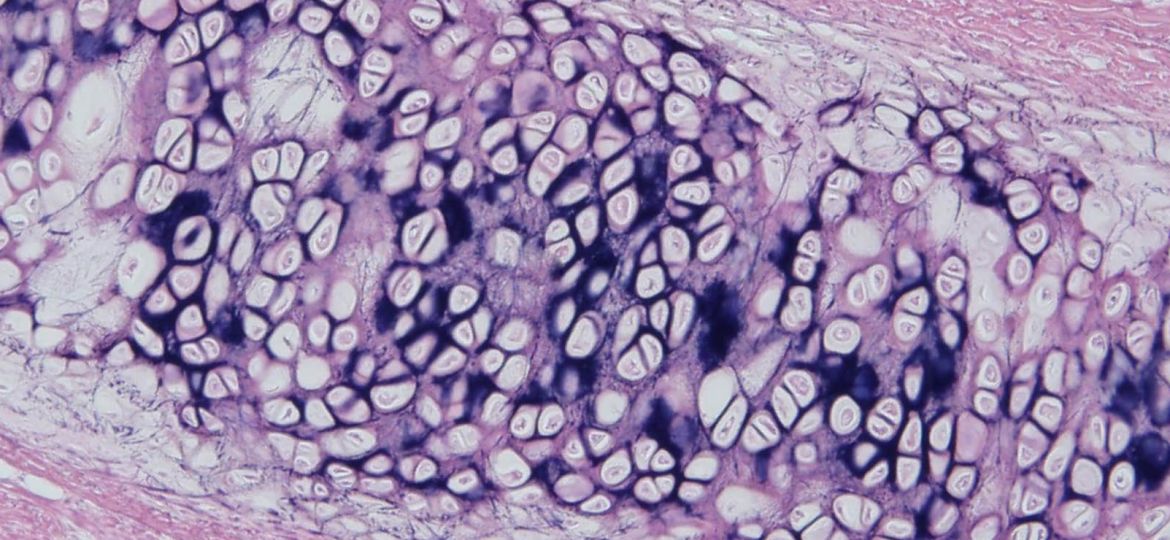
WHY THIS MATTERS IN BRIEF
Cartilage is unique in that it doesn’t grow back, leaving Arthritis patients, and cancer and injury victims with no option but surgery, now though 3D bioprinting offers them all new hope.
Loosing a part of your body, such as an ear, knee or a nose in an accident, and degenerative diseases like Arthritis can have a debilitating impact on a person but now, thanks to a team from Sweden’s Sahlgrenska Academy and Chalmers University of Technology all of that might one day, and sooner than we think, change. Last week the team, led by Professor Paul Gatenholm, announced that they’ve managed to successfully implant new, 3D printed synthetic cartilage cells into baby mice. Add that to the fact we can also 3D print human bone, brains, hearts, kidneys, skin much more, and the future of 3D printed body parts is looking promising. And I won’t mention anything about our ability to create synthetic blood, grow stomachs in petri dishes or breed human-animal hybrid chimeras.
In order to achieve the historic first the team created a gel composed of human cartilage cells and then they printed the new cells into place, into a scaffold, using a specialist 3D bioprinter from start up CellInk – then they implanted it.
Once implanted, the tissue began to grow, proliferate and vascularise like normal tissue, and after two months, it began to more closely resemble human cartilage, which the team stimulated further by adding additional stem cells.
The team worked with local plastic surgeons to implant the material, which could one day be used to create more natural implants for patients who have lost ears, noses or knees due to accidents or diseases like cancer.
“There is no solution for missing ears,” said Gatenholm, “you have plastic and silicone implants, which you need to put in with a titanium screw. That’s it. The surgical procedure is that you put in cartilage from a rib from the patient and carve. It’s very painful and the outcome is very bad. If we can use cells from the nose and beef it up with stem cells from the patient’s bone marrow or fat, we will be able to print that full 3D structure.”
“It will have a great impact on [the field] of tissue regeneration and implementation. I think the first breakthrough will be of the skin and then the cartilage and then the bone. Beyond that, the technology could some day also be used for even more complex human parts like organs,” he added.
Gatenholm cites a paper from February of last year in his discussion, where a team of researchers, including regenerative medicine professor Anthony Atala, detailed how they’ve used 3D bioprinting to construct bone and muscle using computer imaging to “translate” the model into a program that controls the motions of the bioprinters’ nozzles which then prints and lays down the cells in the right places.
While the process still needs further development, and inevitably will have to undergo regulatory scrutiny it’s a promising start to conditions and diseases who’s only cure so far has been drugs and surgery.
















